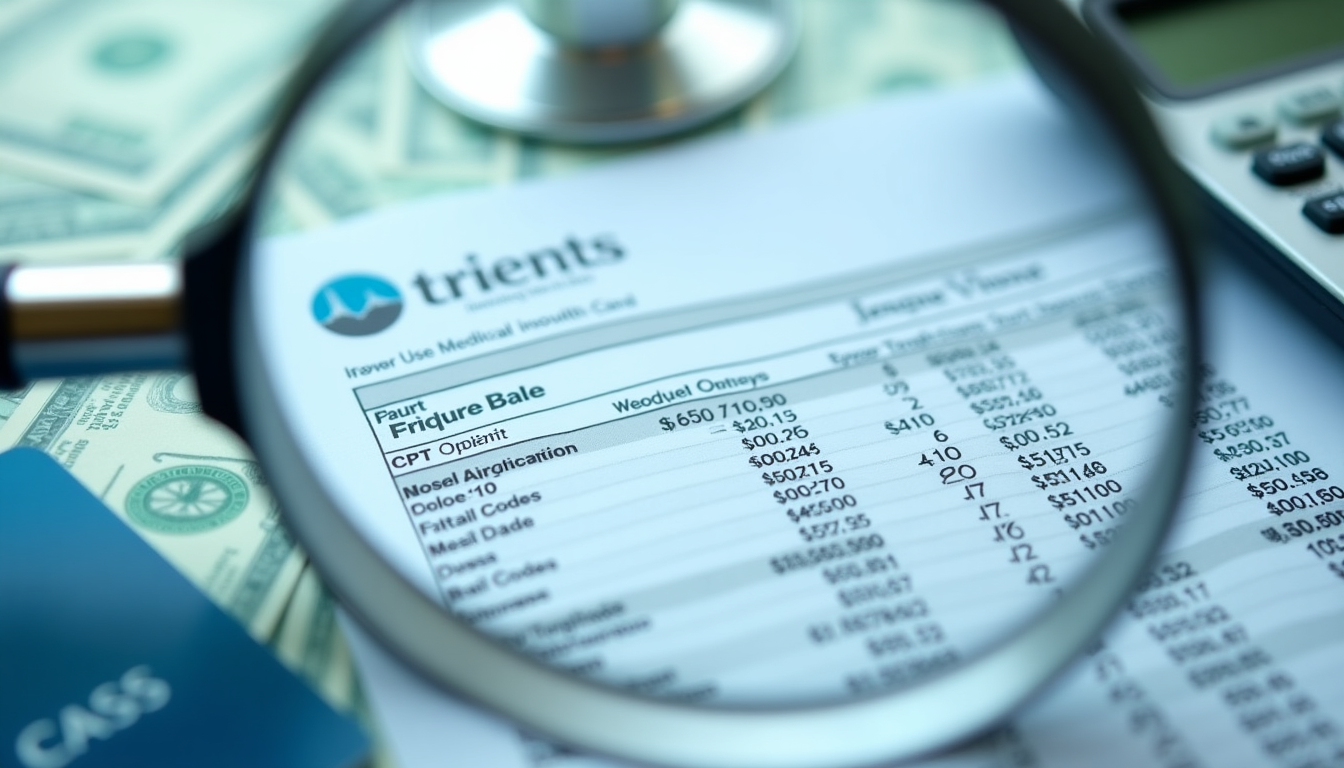Affordable Healthcare Without Insurance: Your Step-by-Step Guide to Accessing Care
By Jasmine Washington, Patient Advocate & Healthcare Navigator
Introduction: Navigating Care Without Coverage
Maria’s story stays with me. A single mother in Houston, she delayed treating her diabetes for months after losing job-based insurance. By the time we met, a $15 insulin prescription had become a $12,000 hospital bill. Her experience mirrors that of 26 million uninsured Americans [1]. But here’s the truth I’ve learned through a decade of healthcare navigation: No insurance doesn’t mean no options. Let’s explore practical pathways to affordable care.
Understanding Your Healthcare Safety Net
Government and Community Resources
While 42% of uninsured patients struggle to access follow-up care after ER visits [2], these underutilized programs exist:
- 1,400+ Federally Qualified Health Centers (FQHCs): Provide primary care at 0%-20% of typical costs [3]
- Hospital Charity Care: 75% of nonprofit hospitals offer income-based discounts, yet only 12% of eligible patients apply [4]
- State-Specific Programs: Texas’ Breast and Cervical Cancer Services screened 4,100 women last year [5]
Case Study:
Carlos, an uninsured construction worker, needed a $3,000 MRI. We:
- Secured 100% charity care coverage at a nonprofit hospital
- Used GoodRx to reduce muscle relaxant costs from $120 to $18
- Connected him to sliding-scale physical therapy ($15/visit)
Immediate Action Plan: 3 Steps to Affordable Care
1. Reduce Existing Medical Bills
You have negotiation rights:
- Request itemized bills (potential errors occur in 80% of hospital charges [4])
- Ask about:
- Charity care applications
- Prompt-pay discounts (10%-40% savings)
- Negotiate payment plans (often starting at $25/month)
Resource: CMS.gov’s guide to medical bill negotiation [6]
2. Access Low-Cost Care Options
Community Health Clinics
- Services: Primary care, dental, mental health
- Cost: Sliding scale based on income ($20-$50 typical)
- Find: HRSA Clinic Finder
Prescription Savings Strategies
- NeedyMeds: 15,000+ medication assistance programs [7]
- Cost-Saving Tip: Compare prices at Costco Pharmacy (no membership required)
3. Prevent Future Health Crises
- Telehealth: $45-$99 visits for urgent care needs via HealthCare.gov-listed providers [8]
- Free Screenings: CDC’s NBCCEDP program offers breast/cervical cancer checks [9]
Long-Term Healthcare Strategies
Building Your Care Network
- Chronic Condition Support:
- Pharma assistance programs (Novo Nordisk, Lilly Cares)
- Disease-specific groups (American Diabetes Association’s free glucose monitors)
- Preventive Care:
- Local health department vaccinations (90% cost savings) [10]
Handling Complex Medical Needs
Surgical Care Without Insurance
- Compare facility fees using CMS.gov’s Procedure Price Lookup [11]
- Apply for charity care before procedures
- Consider ambulatory surgery centers (45%-60% cheaper than hospitals) [12]
Policy Updates Impacting Care Access (2024-2025)
| Situation | Action |
|---|---|
| Lost Medicaid? | Use HealthCare.gov’s 60-day special enrollment [8] |
| Rural resident? | Advocate for Medicaid expansion (94% coverage in expansion states) [1] |
| Cancer concerns? | Access CDC-funded screenings under the SCREENS Act [9] |
Conclusion: Your Health Matters
While 49.8% of uninsured Americans face medical debt [1], thousands now access care using these strategies.
Your Next Steps:
- Apply for hospital charity care within 7 days of treatment
- Bookmark HealthCare.gov for insurance transitions
- Contact local FQHCs using the HRSA Clinic Finder
As I remind every client: “Your healthcare access isn’t determined by insurance status. Let’s build your care plan together.”
References
[1] Kaiser Family Foundation. (2023). Health Insurance Coverage and the Uninsured. https://www.kff.org/uninsured
[2] Health Affairs. (2024). Post-ER Care Access Challenges. https://www.healthaffairs.org
[3] Health Resources & Services Administration. (2024). FQHC Services and Costs. https://findahealthcenter.hrsa.gov/
[4] CMS.gov. (2023). Hospital Charity Care Programs. https://www.cms.gov/hospital-charity-care
[5] Texas Health and Human Services. (2023). Cancer Screening Report. https://www.hhs.texas.gov
[6] CMS.gov. (2024). Medical Bill Negotiation Guide. https://www.cms.gov/medical-billing
[7] NeedyMeds. (2024). Prescription Assistance Programs. https://www.needymeds.org
[8] HealthCare.gov. (2024). Special Enrollment Periods. https://www.healthcare.gov/medicaid-changes
[9] CDC. (2024). National Breast and Cervical Cancer Early Detection Program. https://www.cdc.gov/cancer/nbccedp
[10] HHS. (2023). Vaccination Cost Savings. https://www.hhs.gov/vaccines
[11] CMS.gov. (2024). Procedure Price Lookup Tool. https://www.cms.gov/price-transparency
[12] JAMA Network. (2023). Ambulatory Surgery Cost Analysis. https://jamanetwork.com/surgery-costs




